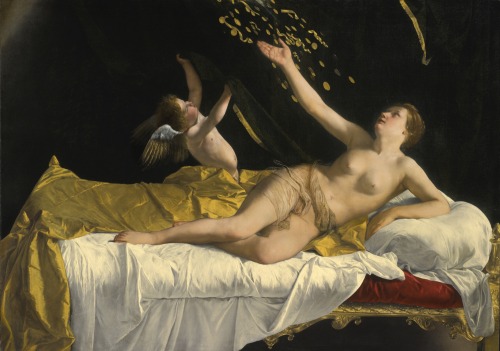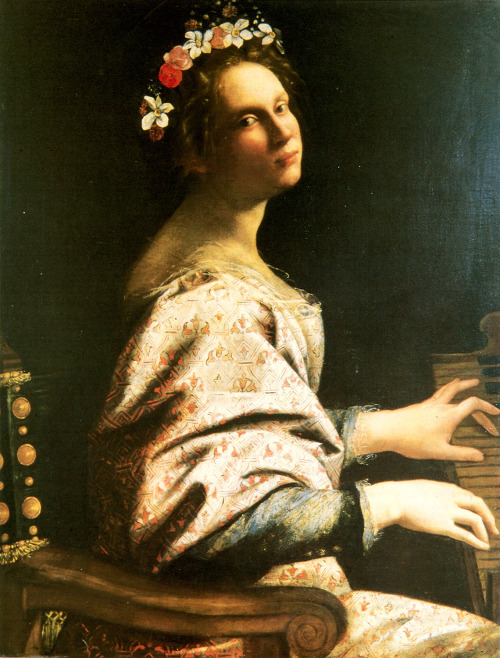In 17th century Rome, painter Artemisia Gentileschi fought to get her rapist convicted. She was &ldq
In 17th century Rome, painter Artemisia Gentileschi fought to get her rapist convicted. She was “one of the most remarkable women in the history of western art,” says Richard Savino, a professor at Sacramento State University and the San Francisco Conservatory of Music.Born in Rome in 1593, she led an epic and often tragic life during an age when the city was trying to become the liveliest in Europe, says Savino, also a musician, who has recorded songs from Gentileschi’s time. During her life she faced repeated tragedy, including rape. “Her life consisted of a series of battles. Battles with authoritative figures regarding the rape. Battles with the rapist. Battles with the bureaucracy of Rome. And then battles with the different groups of artists that dominated the working environment for the different cities within which she lived,” Savino explains.But Gentileschi, the daughter of painter Orazio Gentileschi, lived an incredible life. She traveled extensively — which was rather extraordinary for a female painter in that time. Savino says after her rapist was convicted, “she basically decided and was given, more-or-less, permission to travel and take commissions. From Rome she went up to Florence, where she became a sort of integral part of the Medici court.”She went on to Venice, Naples and as far as London. It’s believed she died in Naples during a plague that swept through the city. Savino was inspired by Gentileschi’s travels in leading his musical ensemble, El Mundo, which recorded music written when she was alive.Learn more about this ~*Baroque kween*~ and hear the music she inspired, here. -- source link
Tumblr Blog : acrosswomenslives.tumblr.com
#feminism#herstory#history#art history#social justice#rape culture#patriarchy#public radio#public media#painting#paintings#activism#culture#feminist#travel#traveling#europe#venice#naples#london#baroque



